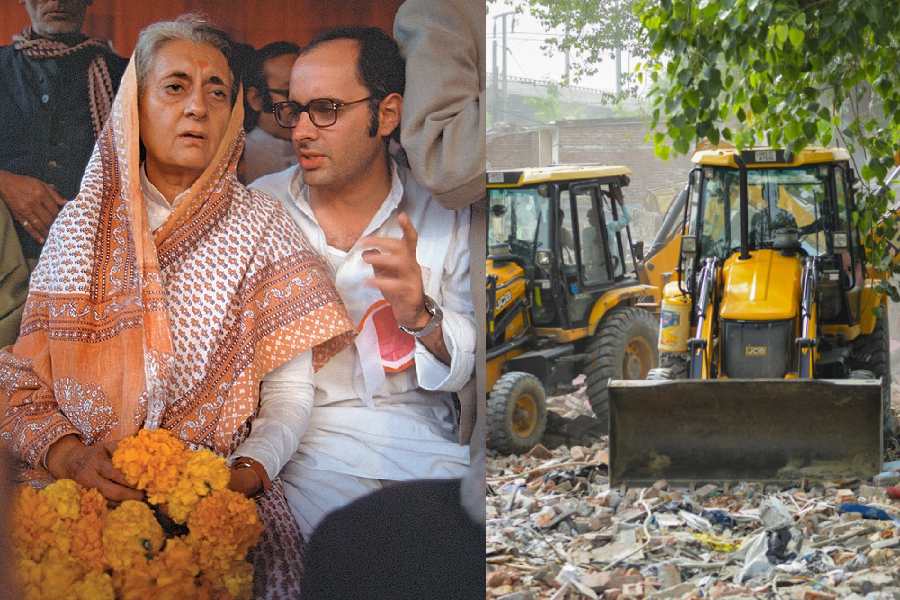 |
| The excavated site at Gour. Picture by Surajit Roy |
Gour (Malda), April 12: The Archaeological Survey of India (ASI) has approached the state government for a valuation report of the site where lies the ruins of Ruknuddin Barbak Shah?s palace that dates back to the 15th century.
The eastern zone director of the ASI, Bimal Chattopadhyay, said the site in Gour, 22 km from Malda town, where the ruins were excavated will be taken over under the Archaeological Sites and Remains Act, 1958. ?We have already declared the site protected under the act and signboards have been set up all over the area,? he said.
Chattopadhyay said certain problems had arisen as the land was a private property. ?We have asked the district land records department to submit a report, following which we shall seek funds from the Centre,? he said. The valuation report will be used to compensate the owners of the land, which also has a few orchards.
The ASI had been excavating the ruins for the past two years. Work on the last phase was over in December last year. The palace, located on a 58-square-metre plot, was built by Ruknuddin Barbak Shah, a king of the Ilyas Shahi dynasty, who ruled over a large part of Bengal, Bihar and Orissa from 1459 to 1474. During the time, Gour was his capital.
There were several rulers down the line till the 16th century when first Sher Shah Suri and then Akbar defeated the kings of Gour and established their rule.
According to the ASI, the newly- excavated site would be of immense interest to tourists. ?The main reason for this is that though there was evidence of the old capital?s existence, we had no idea where the palace was. Now that we have located it, people will surely be interested,? Chattopadhyay said.
He said there was evidence to suggest that the Ganga had once flowed very close to the western side of the palace. The excavation has unearthed a long jetty, complete with iron rings, where boats and other craft were tethered. ?The remains of pipes and channels suggest the existence of an ancient cooling system. Not only that, the palace was also surrounded by a 42-foot high wall, parts of which are still evident today,? the zonal director said.
The palace is located barely a kilometre from what is famous as the Lukochuri Darwaza here.










